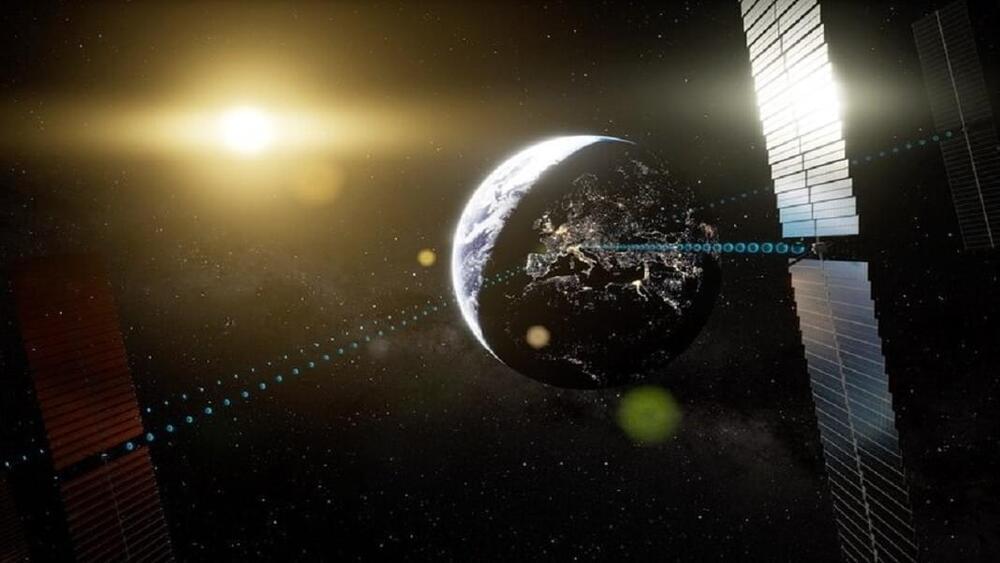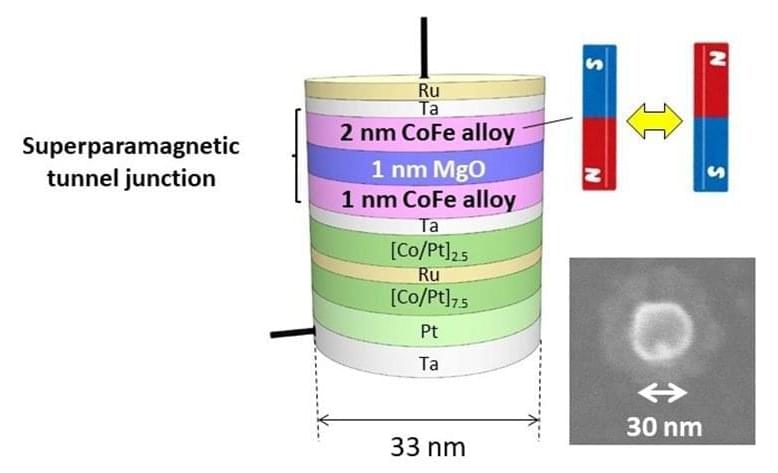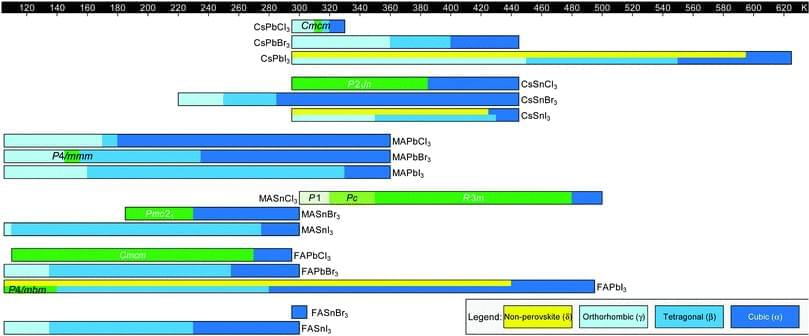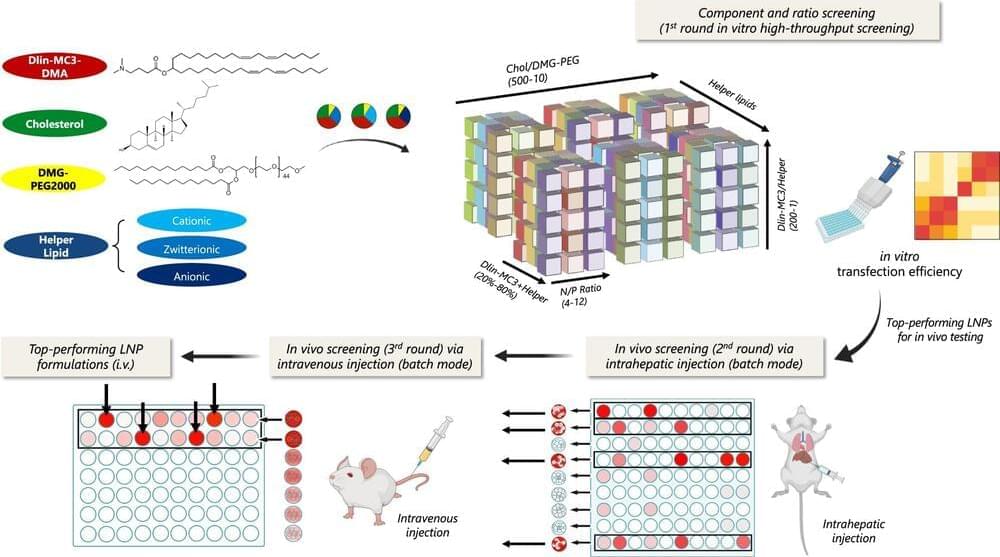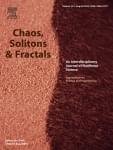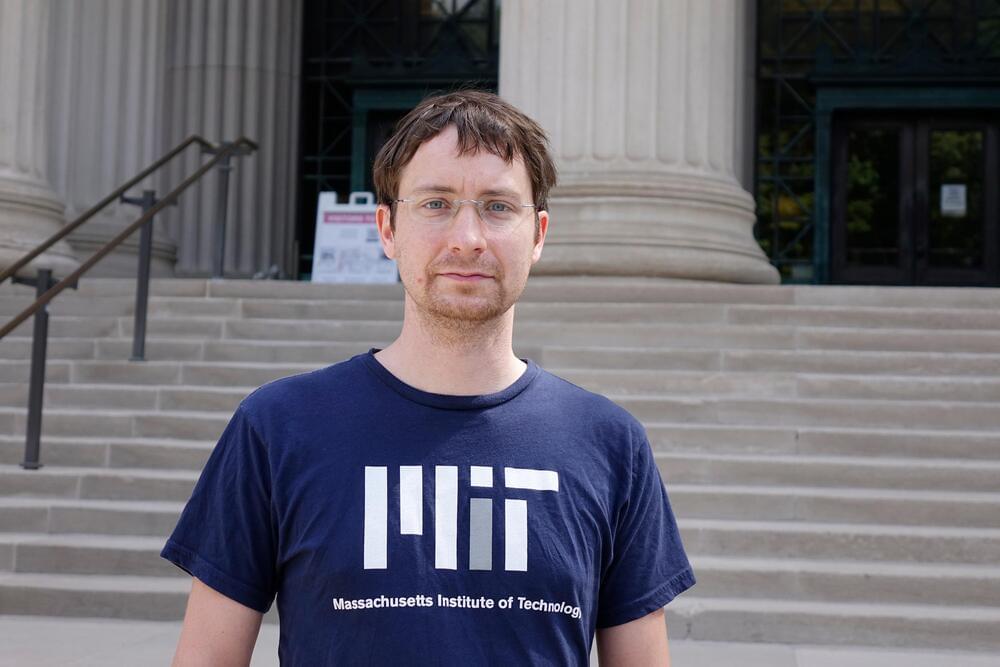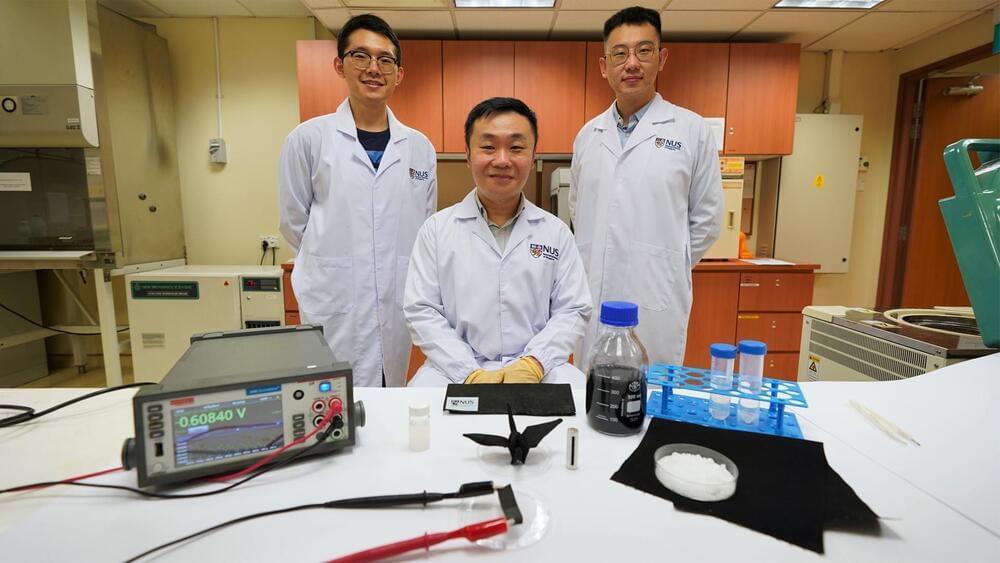Aug 29, 2022
Europe Is Getting Serious About Making Space-Based Solar Power a Reality
Posted by Dan Breeden in categories: engineering, solar power, space, sustainability
Proposals for beaming solar power down from space have been around since the 1970s, but the idea has long been seen as little more than science fiction. Now, though, Europe seems to be getting serious about making it a reality.
Space-based solar power (SBSP) involves building massive arrays of solar panels in orbit to collect sunlight and then beaming the collected energy back down to Earth via microwaves or high-powered lasers. The approach has several advantages over terrestrial solar power, including the absence of night and inclement weather and the lack of an atmosphere to attenuate the light from the sun.
But the engineering challenge involved in building such large structures in space, and the complexities of the technologies involved, have meant the idea has remained on the drawing board so far. The director general of the European Space Agency, Josef Aschbacher, wants to change that.
